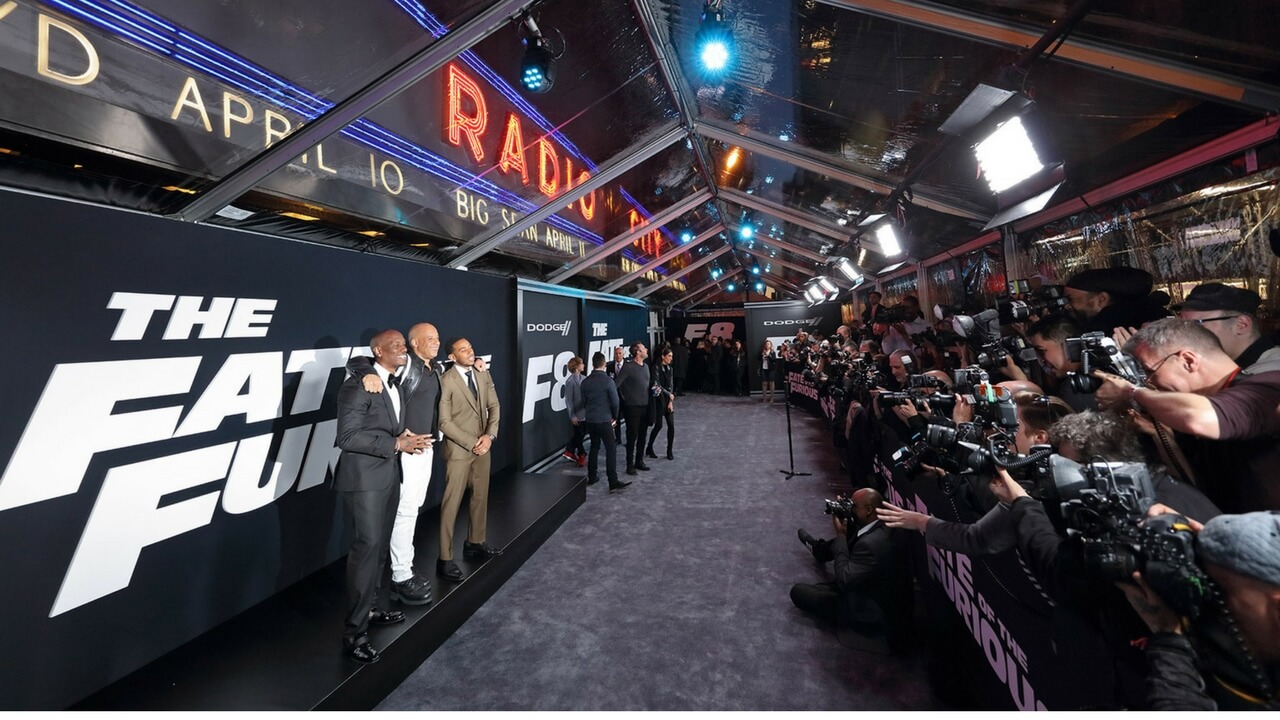Essential Strategies for Enhancing the Lifespan of The Light Emitting Diode Wall
Wiki Article
Light Emitting Diode screens are becoming increasingly widely used for multiple purposes, from advertising to leisure. To ensure that these displays function effectively over the years, it is essential to implement strategies that extend their lifespan. Understanding the elements that affect the durability of Light Emitting Diode walls can assist users maintain their functionality and prevent unneeded replacements.
One of the main factors that can extend the durability of an LED screen is appropriate installation. It is vital to have a skilled team handle the setup process to guarantee all components are properly connected. Inadequate installation can lead to power issues or mechanical damage. Additionally, the placement of the Light Emitting Diode wall should take into account surrounding factors such as light exposure and moisture levels. A properly set up screen in a suitable site will minimize the risk of damage caused by external factors.

Regular maintenance is another key tactic to extend the lifespan of an Light Emitting Diode wall. This entails regular checks to monitor for any indicators of wear or failure. Dust and dirt can build up on the top of the LED panels, impacting luminosity and hue quality. Cleaning the screens with suitable materials will help keep ideal visibility. It is also essential to monitor the components behind the screen, ensuring that all links are secure and that there are no overheating issues, which can significantly shorten the lifespan of the parts.
Power control plays a vital role in enhancing the lifespan of an Light Emitting Diode wall. Over-voltage or fluctuating power supply can harm the inner circuitry. To prevent this, using a high-quality power supply and implementing overvoltage protection measures is advisable. Additionally, adjusting the screen to operate at lower luminosity levels when high brightness is not required can lessen wear on the LEDs. This not only extends the durability of the screen but also conserves power, making it a economical choice.
Furthermore, program control can influence the performance of Light Emitting Diode screens. Regularly refreshing the program that operates the display ensures that it operates smoothly and incorporates any essential safety patches. Old program can result useful link in performance issues and may expose the system to vulnerabilities. Proper scheduling of programming can also assist with overseeing the workload of the screen, permitting it to idle during non-peak hours, which can contribute to a greater lifespan.
In conclusion, maximizing the durability of an Light Emitting Diode wall involves a mix of appropriate installation, routine upkeep, effective power management, and diligent software management. By concentrating on these critical tactics, users can ensure that their LED displays stay functional and aesthetically appealing for many years. Implementing proactive measures will not only improve the functionality of the LED wall but also offer a greater yield on investment over time.